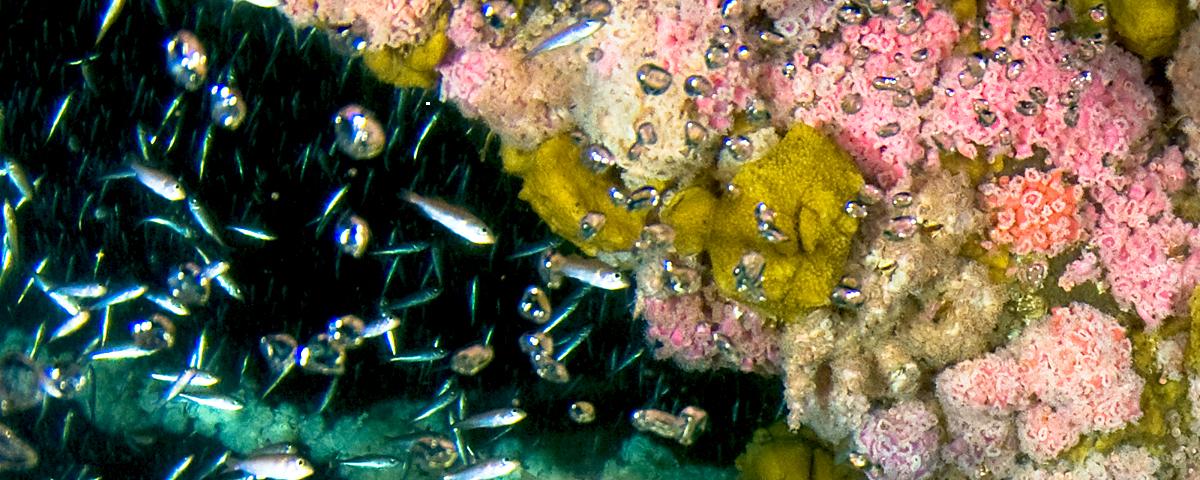Comparative health and safety risk assessment of decommissioning large offshore platforms. Final Report.
Abstract
From Objectives, Assumptions, and Overall Approach and Conclusions: “The overall objective of the project is to examine the relevant issues and to quantify them in the context of comparative HHS risk, using state-of-practice methodology and currently available technology. The following are the specific objectives:
1. Define / identify the principal options available for the complete removal of the POCS platforms.
2. Develop plausible complete removal scenarios for three representative platforms using currently available technology. Development of these scenarios include work plans which identify the time and resource requirements.
3. Quantify the specific issues related to the decommissioning of the subject platforms which carry significant risk in terms of HHS. As part of this process, an industry forum on decommissioning safety was held and industry input was solicited.
4. Evaluate the risk issues for the various decommissioning options. The HHS risk is quantified to the maximum extent allowed by the data available.
5. The study does not encompass plugging the wells, cutting and removing the well conductors and casing or onshore dismantlement of the structures. Consideration in this study ends when structures are safely tied down on a cargo barge or other means of transport.
6. This study specifically considers:
• In-Situ cutting and removing of the jackets in place using a 2000 ton or greater capacity derrick barge or crane vessel (DB). Figure 2.1 shows an example of such a vessel. Table 1.0 shows a sample industry cross section of 2000+ ton capacity lifting vessels.
• Hopping the jackets into successively shallower water locations using a twin crane semisubmersible crane vessel (SSCV) with greater than 5000 ton capacity. Figure 2.2 shows an example of such a vessel. Also see table 1.0. The jackets are cut into pieces with most of the cuts being above the water surface to minimize diver cuts. 7. Evaluate options available for mitigation of the most risky aspects of offshore platform decommissioning, including the use of alternative technologies, e.g., diver versus non-diver methods, and alternative lifting systems.
The results of the study leads to the following conclusions:
Complete Removal In-Situ will be more time consuming and demand more human resources than the Hopping method. This assumes the use of the technology and methods that are readily available today.
The Hopping method appears to be much safer in a relative since, when compared to In-situ jacket removal.
Risk of accidents increase with water depth for both methods, both it increases much faster with the In-situ method.
Review of the accident rate data presented in the study and the analysis results point to underwater work with divers as the major risk area.
Every effort should be made to eliminate or reduce diver usage and to shorten the time required for decommissioning in general.”

